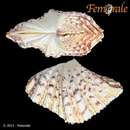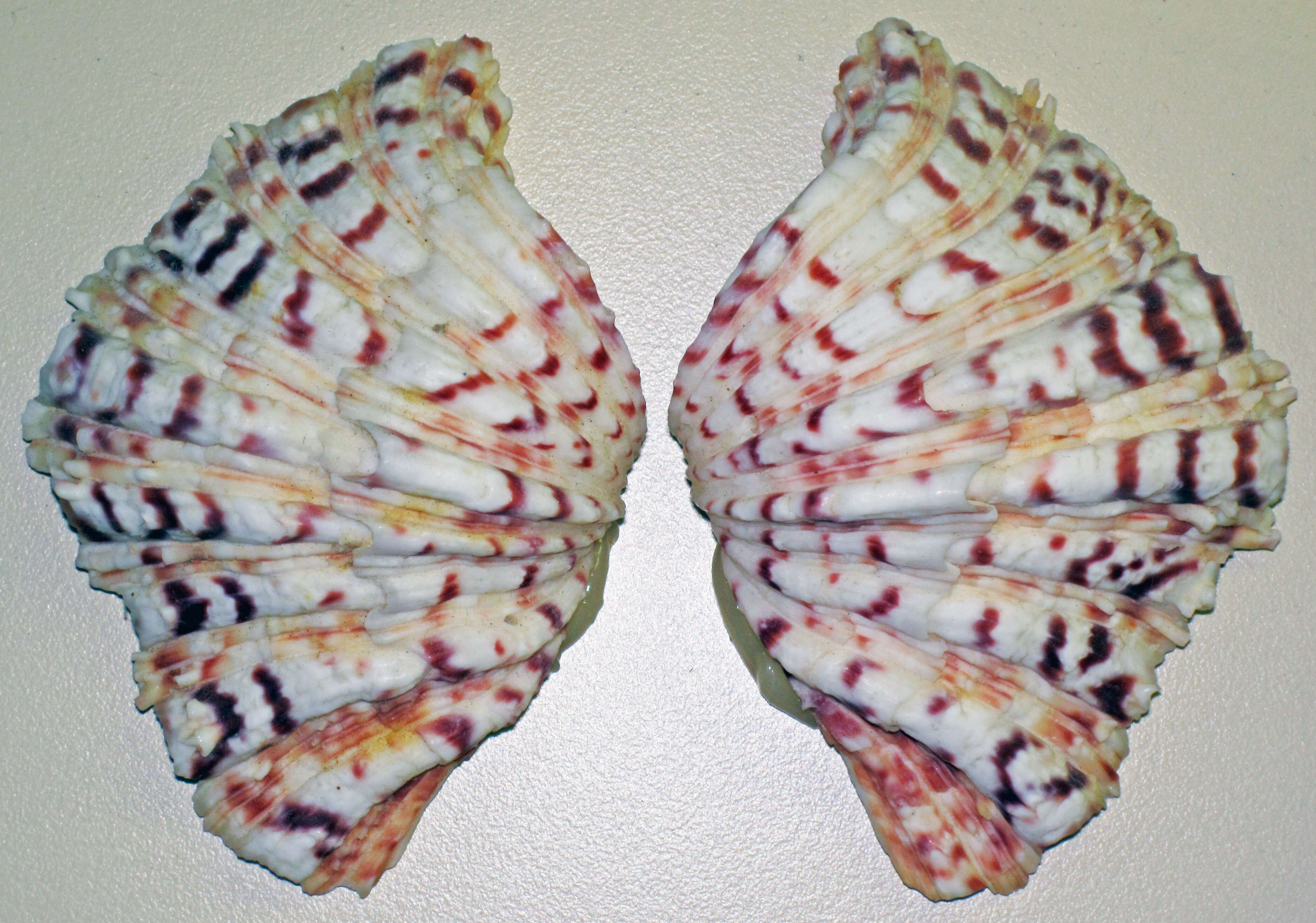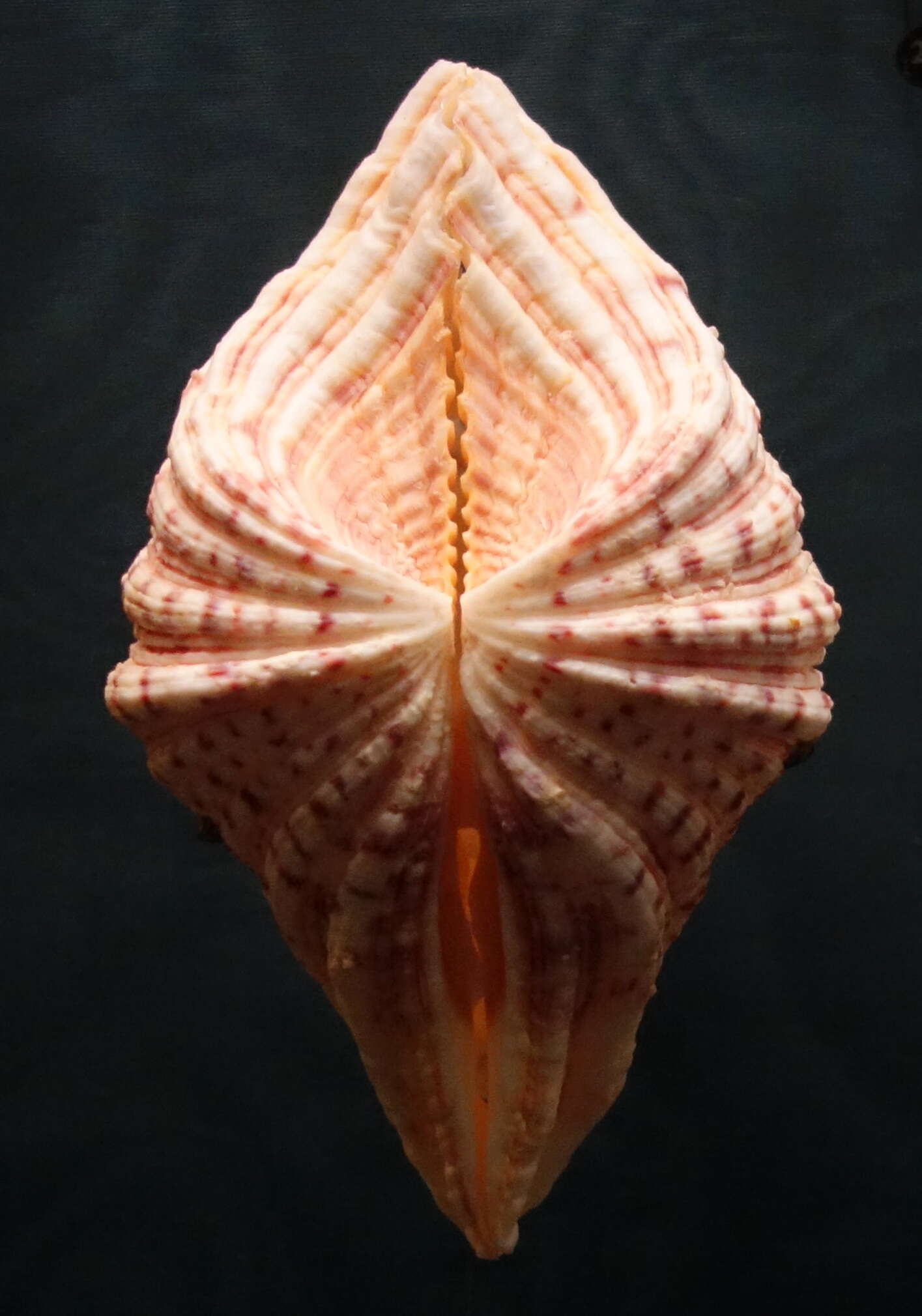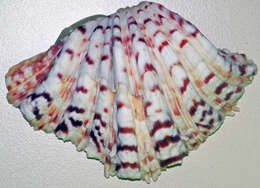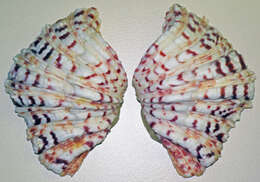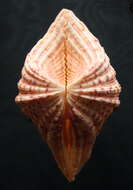Description: English: Hippopus hippopus (Linnaeus, 1758) - bear paw clam (public display, Bailey-Matthews Shell Museum, Sanibel Island, Florida, USA) Bivalves are bilaterally symmetrical molluscs having two calcareous, asymmetrical shells (valves) - they include the clams, oysters, and scallops. In most bivalves, the two shells are mirror images of each other (the major exception is the oysters). They occur in marine, estuarine, and freshwater environments. Bivalves are also known as pelecypods and lamellibranchiates. Bivalves are sessile, benthic organisms - they occur on or below substrates. Most of them are filter-feeders, using siphons to bring in water, filter the water for tiny particles of food, then expel the used water. The majority of bivalves are infaunal - they burrow into unlithified sediments. In hard substrate environments, some forms make borings, in which the bivalve lives. Some groups are hard substrate encrusters, using a mineral cement to attach to rocks, shells, or wood. The fossil record of bivalves is Cambrian to Recent. They are especially common in the post-Paleozoic fossil record. The bear paw clam shown above is part of the Indo-West Pacific Province: "The world's largest and richest province extends from the Red Sea and East Africa across the Indian Ocean, then touches northern Australia and southern Japan to extend eastward throughout the "South Seas" to Hawaii and Easter Island. Probably 5,000 marine species are found in its shallow coral waters." [info. from museum signage] Classification: Animalia, Mollusca, Bivalvia, Heterodonta, Veneroida, Tridacnidae Locality: unrecorded/undisclosed/unspecified More info. at: en.wikipedia.org/wiki/Bear_paw_clam. Date: 3 January 2016, 16:24:35. Source:
https://www.flickr.com/photos/47445767@N05/24970333395/. Author: James St. John.

